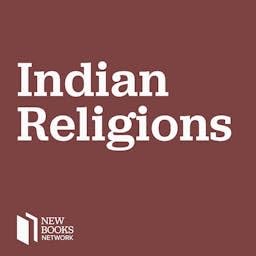In this episode, Sean MacCracken reflects on his experience at the American Academy of Religion, noticing a shift toward more participatory, contemplative, and integrative approaches in religious studies. He discusses his course, Kashmiri Shaivism: Supreme Non-Dualism, highlighting how meditation, contemplation, and embodied practices cultivate awareness, ethical self-reflection, and creative engagement with the world. Sean also explores how his study of Indian philosophy and Tantric traditions opens broader, integral ways of knowing that move beyond reductionist frameworks. He discusses his article, “Regarding Humanism: Some Observations Concerning the Tibetan Buddhist and Transhumanist Dialogue,” showing how Buddhist and Tantric insights deepen our understanding of humanism, development, and collective ethical responsibility. This episode offers listeners a glimpse into how contemplative and Integralist approaches can reshape learning, thinking, and living—showing philosophy as a path toward grounded, ethically engaged, and transformative ways of being in the world. Sean K. MacCracken is adjunct faculty at California Institute of Integral Studies. He recieved a M.A. and Ph.D in Asian and Comparative Studies from CIIS, and a M.A. in Religious Studies from University of Virginia. “Regarding Humanism: Some Observations Concerning the Tibetan Buddhist and Transhumanist Dialogue” https://processcenturypress.com/unprecedented-evolution-continuities-and-discontinuities-between-human-and-animal-life-and-the-future-of-humanity/ The EWP Podcast credits Connect with EWP: Website • Youtube • Facebook Hosted by Stephen Julich (EWP Core Faculty) and Jonathan Kay (EWP PhD grad) Produced by: Stephen Julich and Jonathan Kay Edited and Mixed by: Jonathan Kay Music: Mosaic, by Monsoon on the album Mandala Introduction Voiceover: Roche Wadehra Learn more about your ad choices. Visit megaphone.fm/adchoices Support our show by becoming a premium member! https://newbooksnetwork.supportingcast.fm/indian-religions
Show More
Show Less
 Dec 25 202540 mins
Dec 25 202540 mins Dec 20 20251 hr and 31 mins
Dec 20 20251 hr and 31 mins Dec 18 202534 mins
Dec 18 202534 mins Dec 11 202544 mins
Dec 11 202544 mins 57 mins
57 mins 1 hr and 5 mins
1 hr and 5 mins 48 mins
48 mins 54 mins
54 mins
